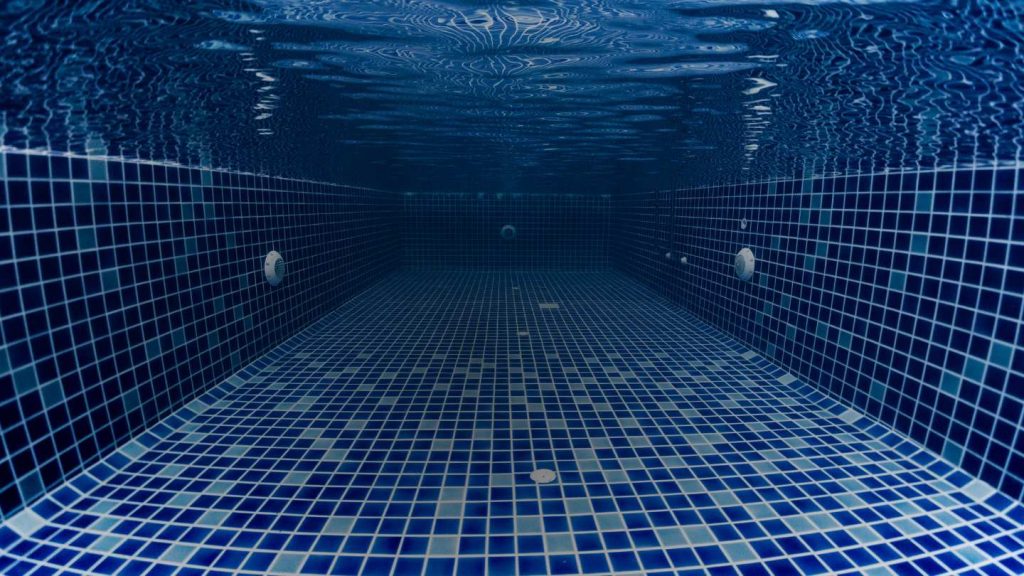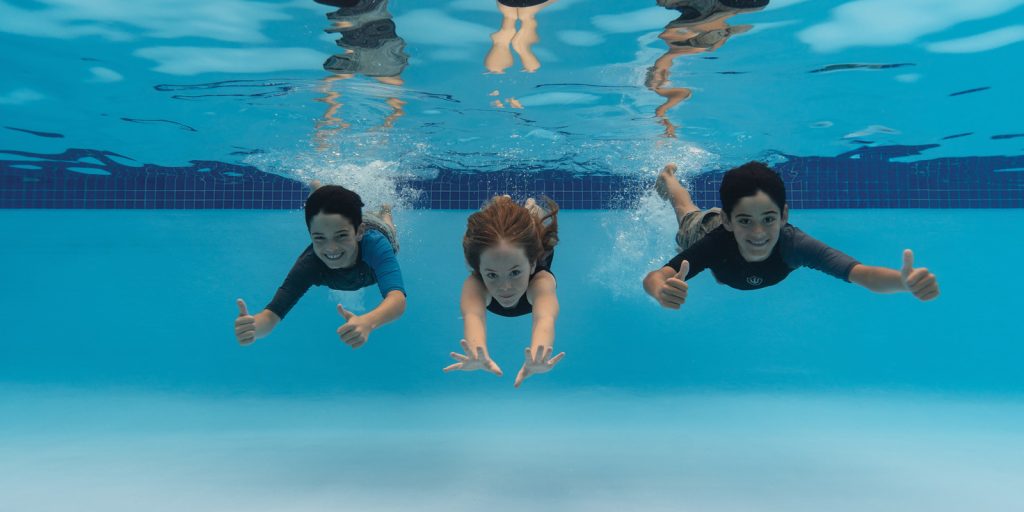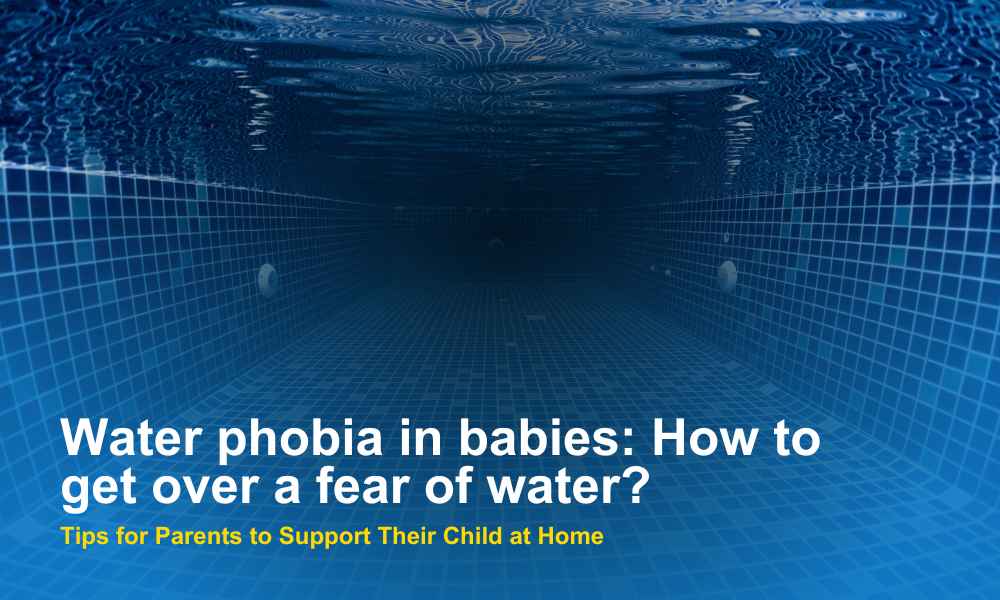If your child is afraid of water, you’re not alone. Many children have a fear of water, also known as water phobia or phobia of water, that can make bath time, swimming lessons, or even a trip to the beach a stressful experience.
This fear can manifest in different ways, such as crying when water gets on their face, avoiding getting their head wet in the shower, or refusing to go near a swimming pool. These reactions are more than just a dislike of water – they’re signs of a deeper fear that can be challenging for both children and parents.
What Is Water Phobia?
Water phobia (also referred to as aquaphobia or fear of water phobia) is an intense fear of water that goes beyond just being a little nervous or uncomfortable. It can cause a child to feel panicked, anxious, or upset in situations that involve water. For some children, this fear can be so overwhelming that it interferes with their daily life, making simple tasks like bathing or swimming seem impossible.
This fear can take different forms, including ocean phobia, where a child is specifically afraid of the vastness and unpredictability of the ocean, or phobia of deep water, where the fear is related to the depth and the potential danger it represents. From Shapland Swim School, understanding the specific type of phobia water your child has is crucial in helping them overcome it.

Common Signs of Water Phobia in Children
Recognizing the signs of phobias water can help you better understand what your child is going through. Some common signs include:
- Crying or tantrums: When asked to take a bath, shower, or go swimming, your child might cry or throw a tantrum.
- Refusing to go near water: Your child might avoid pools, lakes, or even the bathtub.
- Child afraid of water on face: Whether it’s in the shower or at the pool, your child might resist having water touch their face.
- Panic in water: Even shallow water can cause your child to panic, making them cling to you or try to get out as quickly as possible.
- Avoiding activities that involve water: Your child might avoid water-related activities, such as swimming lessons or beach outings.
How Water Phobia Can Affect a Child’s Life
Phobias of water can have a significant impact on a child’s life. It can limit their ability to participate in fun and educational activities, such as swimming lessons, water sports, or even playing with friends at a pool party. It can also make everyday tasks like bathing or washing hair a source of stress and anxiety. Over time, this fear can affect a child’s self-confidence and social interactions, as they may feel embarrassed or different from their peers.
Shapland Swim Schools Can Help
At Shapland Swim Schools, we understand how challenging water phobic children can be for families. We’ve been helping children overcome their phobia for water for generations, and our approach is designed to be both compassionate and effective. Since 1938, when my grandfather first started teaching swimming, our family-run swim schools have been dedicated to creating a safe and supportive environment where children can learn to feel comfortable in the water.
Our Unique Approach to Overcoming Water Phobia
One of the key aspects that make Shapland Swim Schools special is our pool design. Our pools have 8 to 11 different water depths, which allows us to introduce your child to water gradually. This helps them feel safe as they get used to being in the water. Whether it’s just dipping their toes in or taking their first swim strokes, we meet them at their comfort level and work from there.

We also keep our class sizes small – only 3 children per kids swim class. This allows our instructors to give each child the attention they need. Our teachers are trained not only in teaching swimming but also in understanding and addressing water phobia name and its various forms, such as phobia deep water and afraid of water phobia. They know how to help children feel calm and supported as they face their fears.
The Importance of Patience and Support
Helping a child overcome a phobia of deep water or any other water phobia takes time, patience, and the right approach. At Shapland Swim Schools, we’ve seen many children go from being afraid of water to becoming confident swimmers. We believe that with the right support, any child can learn to enjoy the water. It’s about taking small steps, celebrating progress, and making sure your child feels safe every step of the way.
Read more: How to Best Support Your Baby in Their Learn to Swim Journey
Tips for Parents
In addition to professional help, there are things you can do at home to support your child as they work through their water phobia:
- Start slow: Introduce your child to water in a non-threatening way. This could mean letting them play with water toys in a dry area or gently splashing water on their hands and feet.
- Make bath time fun: Turn bath time into a game with toys, bubbles, and positive reinforcement. Let your child take the lead and decide how much water they’re comfortable with.
- Be patient: Don’t force your child into situations that make them uncomfortable. Give them time to adjust at their own pace.
- Use positive language: Encourage your child with positive words and praise when they make progress, no matter how small.
- Lead by example: Show your child that water can be fun by engaging in water activities yourself, like swimming or playing in a pool.
Read more: A Parent’s Guide to Water Safety for Kids – Shapland Swim Schools
Ready to Help Your Child?
If your child is struggling with a water phobia, we’re here to help. At Shapland Swim Schools, we’ve built a program designed to support children who are afraid of water. We invite you to visit one of our schools, see our unique approach in action, and talk to our instructors about how we can help your child. Contact your local Shapland Swim School today, and let’s start the journey to turning water fears into water fun!

